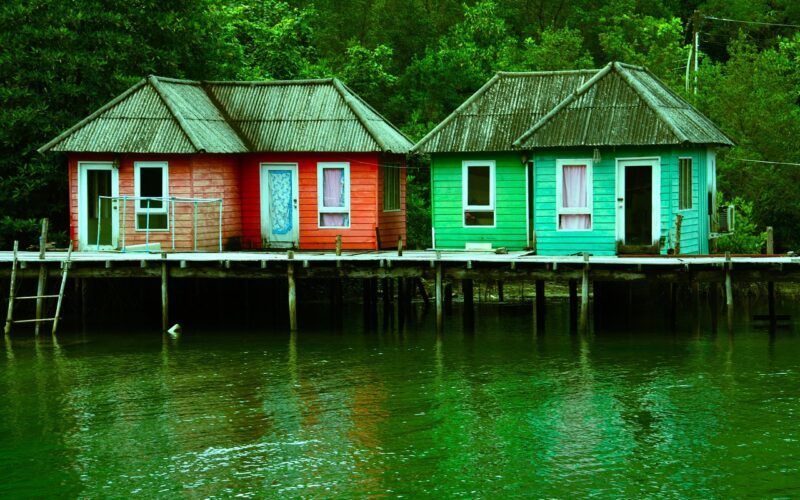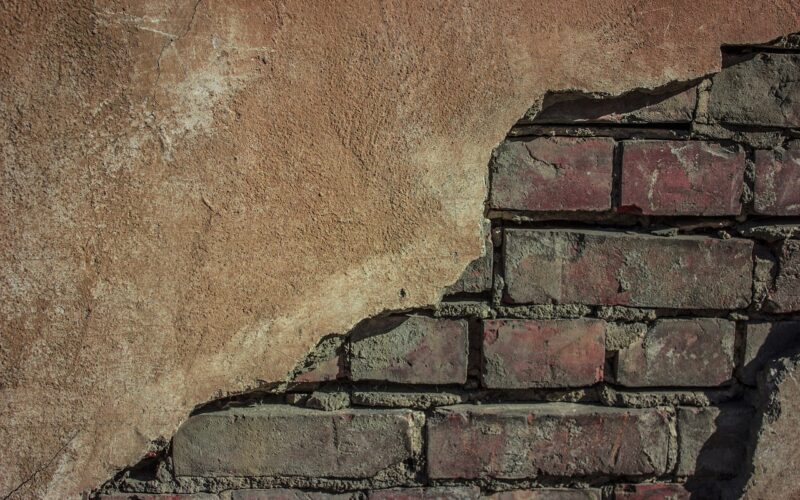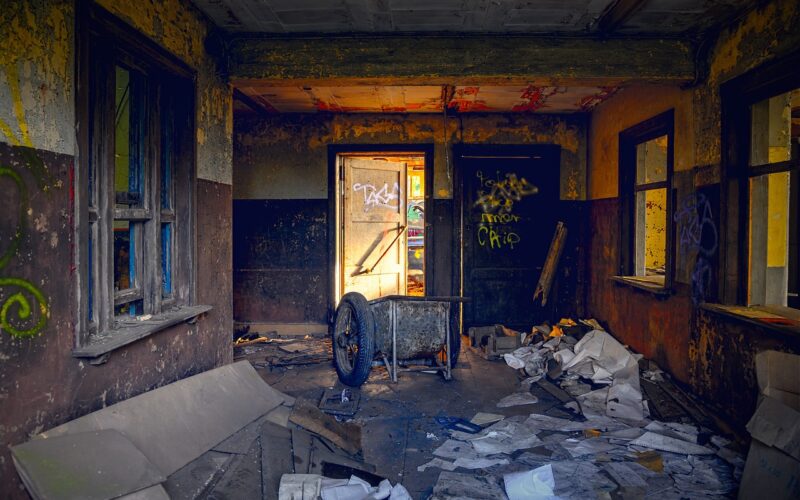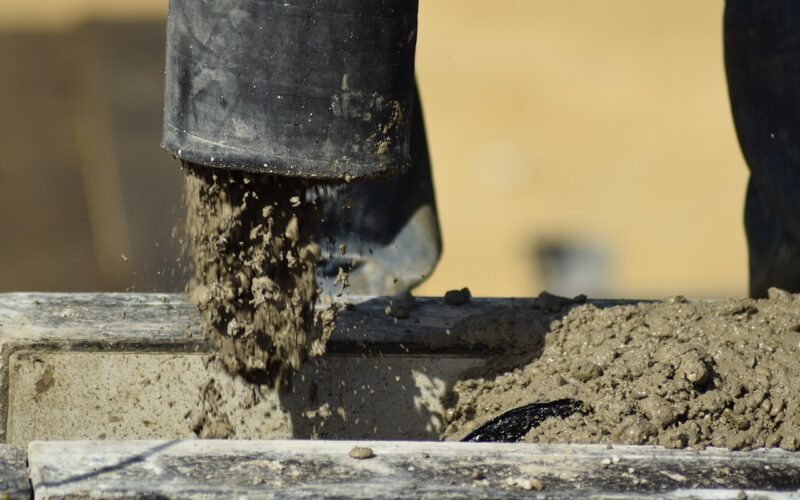Flooding is a natural disaster that can happen anywhere in the world. It is especially common in coastal areas, where rising sea levels can cause water to spill over onto land. In recent years, more and more homes have been built on stilts to help protect against flooding. Stilts are long posts that raise a house above the ground. This makes it less likely that floodwaters will damage the property. Flooding can cause a lot of damage to homes, including mould growth, structural damage, and appliance failure. By building homes on stilts, people can minimize the risk of flooding and reduce the amount of damage that floods can cause.
Protection from bad weather
Homes built on stilts protect against flooding and storm damage in several ways. First, the elevated structure helps to prevent floodwaters from entering the home. In addition, stilts provide additional support in high winds, which can help to reduce damage from flying debris. Finally, elevated homes are less likely to be damaged by wave action during a storm. By elevating the home above potential floodwaters and waves, stilts help to reduce the risk of damage from both flooding and storms.
Benefits of being up high
While they may look fragile, stilt houses are very strong and resilient. As well as protecting homes from the elements, they are typically cooler than houses at ground level since the elevated platform allows for better airflow. In addition, stilt houses offer residents a great view of their surroundings.
Finally, stilt houses can be easily adapted to changing climates and terrain, like an earthquake. As a result, they provide a flexible and adaptable housing option for people who live in disaster-prone areas.
Downsides of stilts
There are also some disadvantages to living in a stilt home. For one thing, they can be difficult to evacuate in the event of a fire or other emergency. While they may offer protection from flooding during a storm, they can also be cut off from essential services like water and power if floodwaters rise too high. As a result, homeowners need to weigh the pros and cons of living in a stilt home before making a decision.























